Fleetpin Web App V2 is a complete redesign and rebuild from the V1 app, allowing companies of all sizes to track and manage their fleet more efficiently and intuitively.
#Figma #Wireframing #Prototyping #User Interview #User Research #Vue.js
Started in 2013 by McCormacks brothers, Fleetpin is a New Zealand tech company providing cloud based GPS tracking and fleet management solutions. It quickly won popularity with its simple to use UI from small to medium sized customers who favors "just enough" solution instead of the apps clustered with massive tables and features that are only usable for larger companies.
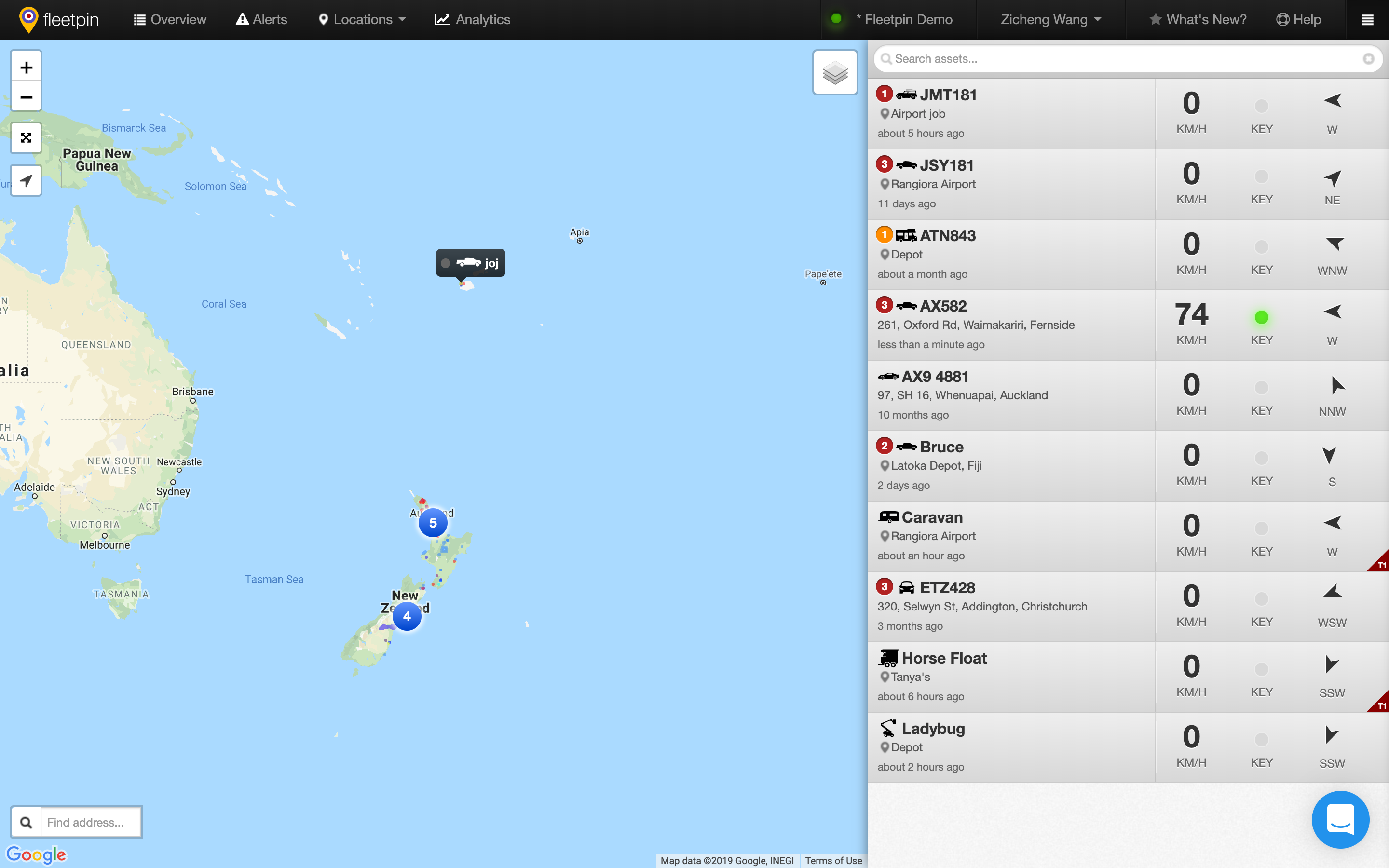

In 5 years, Fleetpin transformed to a company with over 400 customers managing more than 3000 GPS devices throughout New Zealand and Pacific. The industries that Fleetpin products target covers trades, construction, buses, machinery hire and agriculture. And the scale of fleet they manage can varies from a single asset to over 200 assets.
The Fleetpin App, designed in 2013, struggled to scale alongside the growth of the company. Initially made for tracking asset and activities, multiple features were introduced to deal with fleet management and the diversity of the customers. Fundamental usability was challenged. Disparate features and experiments competed for focus. And the development frameworks were out of date and becoming hard to scale.
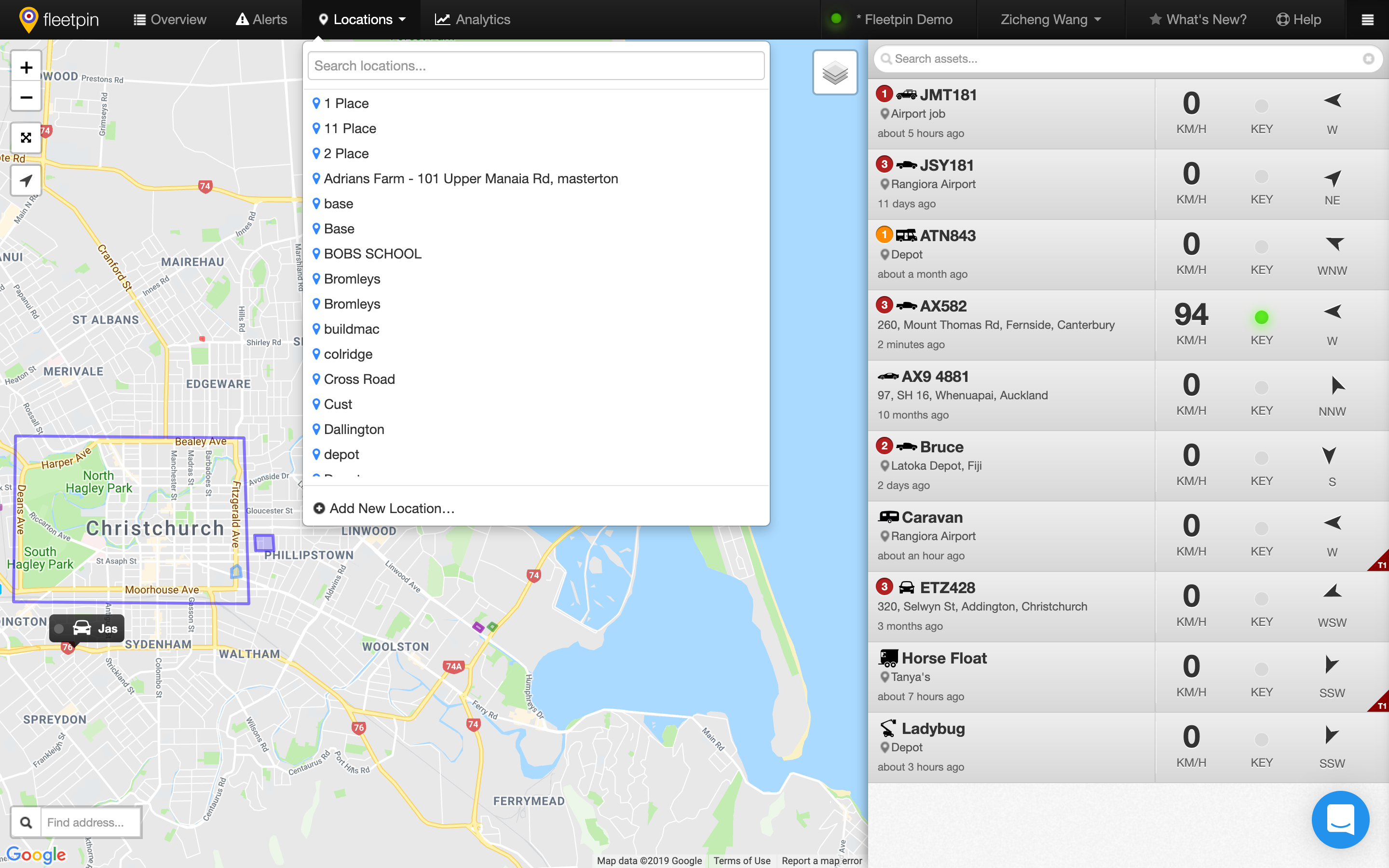
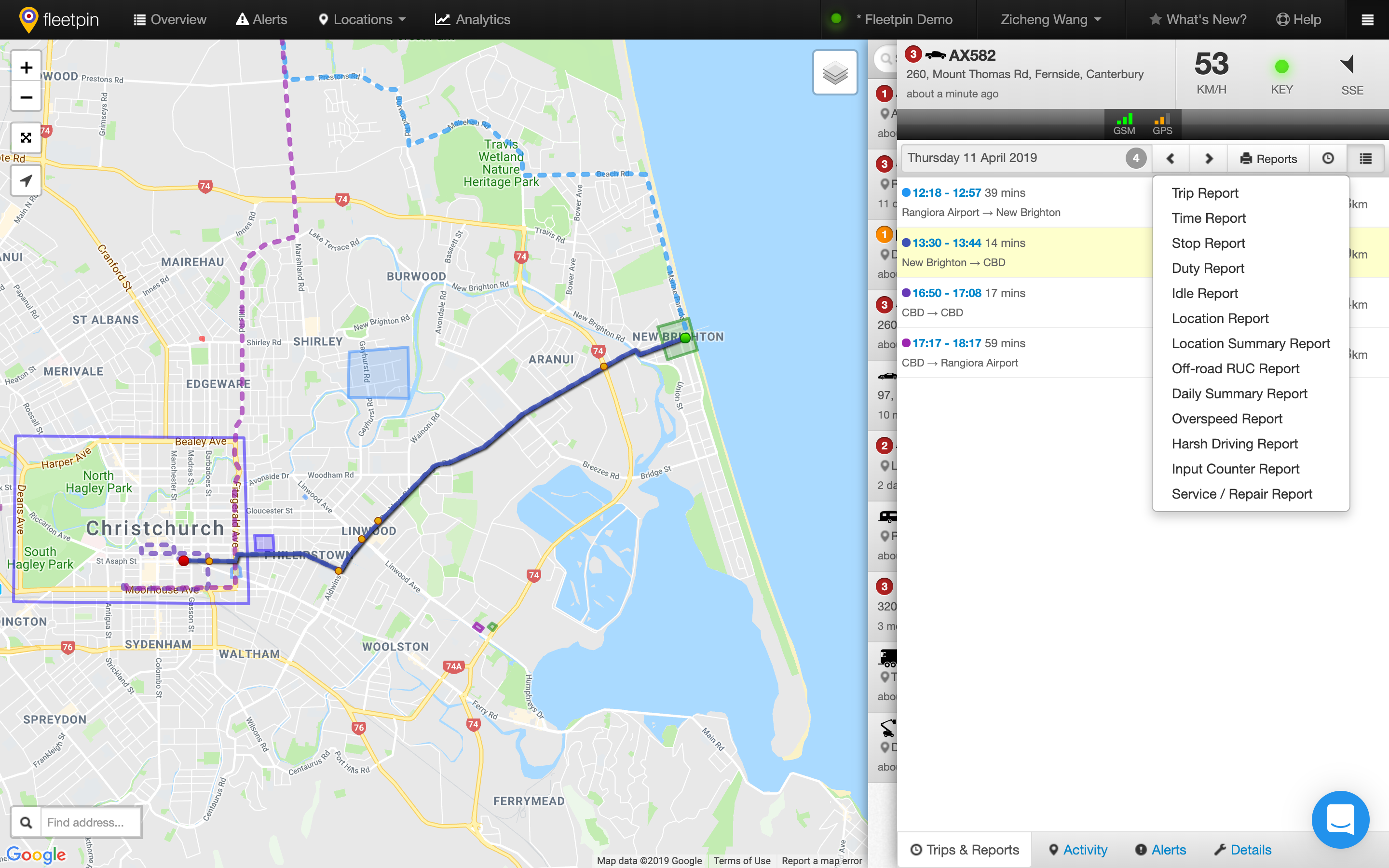
It was becoming evident that a complete redesign and rebuild were needed to recapture the magic that Fleetpin used to have, to create a strong foundation that embraced a rapidly evolving business and more diverse user base.
Our goals were to:
1. Making it easy and fast to use for companies of all scales.
2. Redesigning the UI, while keeping it familiar as Fleetpin V1.
3. Creating a scalable, secure and modern platform.
I am the sole UX Designer and Front-end Developer in this project. In early 2018, I took over the responsibility of product management from the CEO.
I collaborated with the CEO and developers in our product team. In addition, I work alongside Sales Managers and Customer Support Representatives for research and idea validation.
The original Fleetpin Web App was mainly built for tracking live GPS status and checking activity history. With the rapid growth of users from different industries, multiple features were added for the purpose of fleet management. The user interface quickly got cluttered with misplaced buttons and navigation. And it was becoming difficult to add advanced features due to the limitation of the UI.
One of the biggest challenges I faced throughout the Fleetpin V2 project was balancing keeping it simple to use, whilst incorporating features that meet the companies of all sizes and types. With multiple design meetings and iterations, the new app is consisted of two main features - Tracking and Dashboard. The manager of small fleet can simply use "Tracking" to check the asset location, while larger fleet can benefit from advanced features in the "Dashboard".
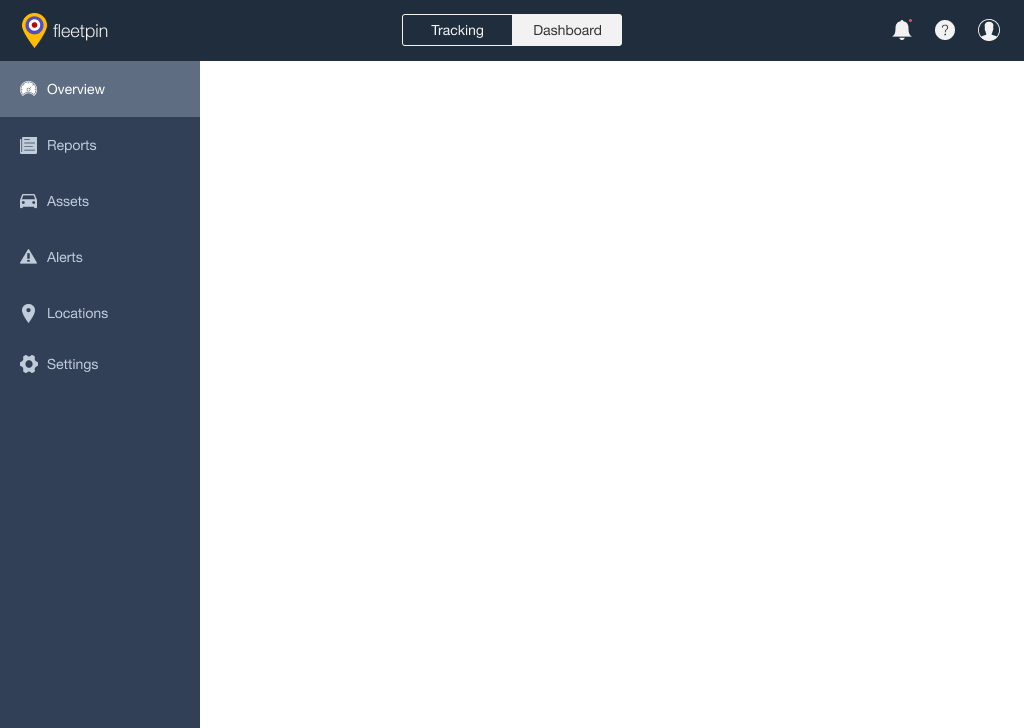
Fleetpin users really like the live tracking and activity history in the original version. With most of the fleet management features stripping away, I was tasked to create a familiar but better experience for users to track "where they are and where they have been".
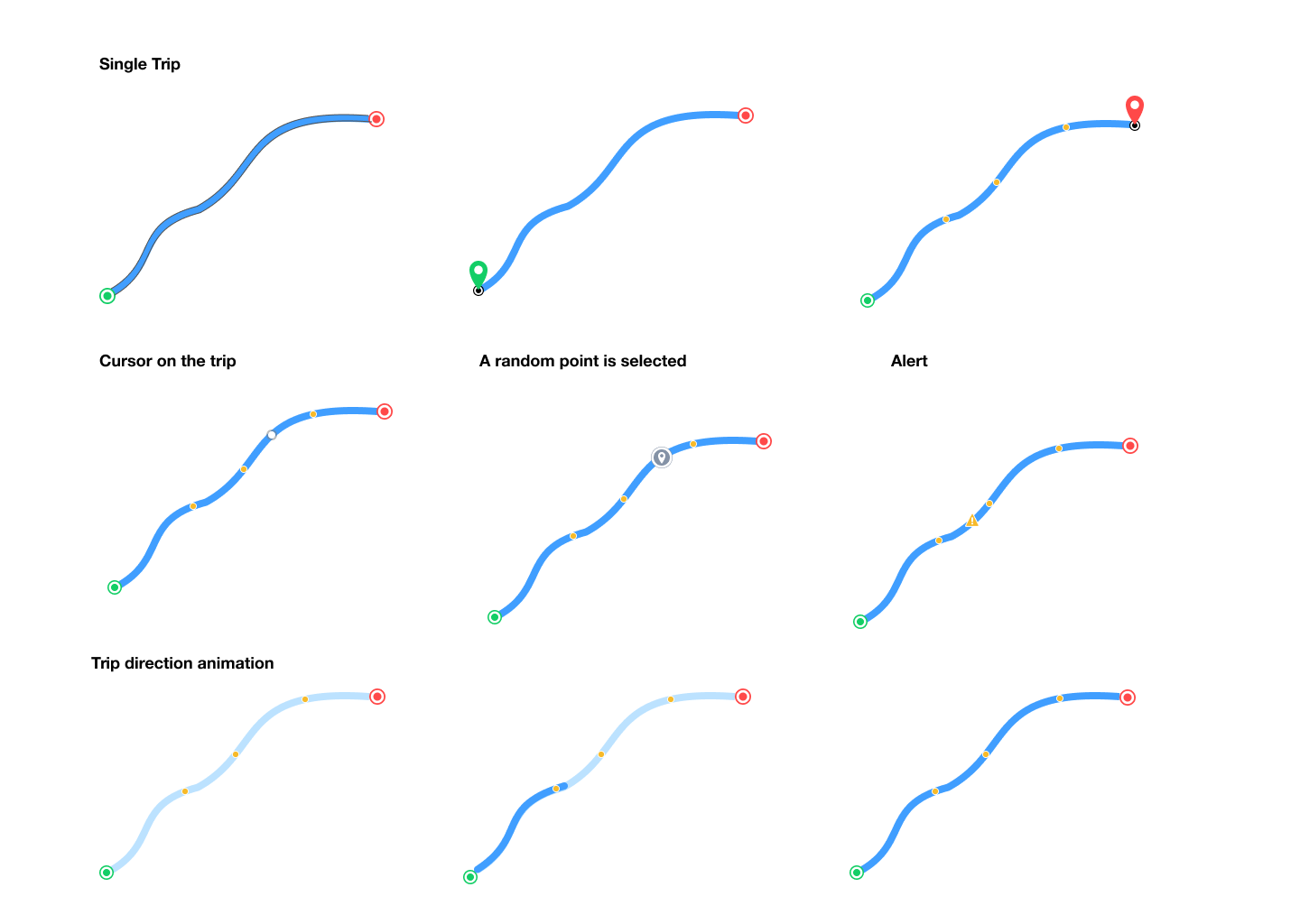
Stripping away the noise was a challenging task. With so much data coming from the GPS device, it is so easy to overload users with redundant information. During the design process, I kept asking myself "what information does user really care to see at that moment", and only show those information when they need it. I created a strong correlation between the map and the rest of the UI, so that information can be displayed interactively and intuitively.
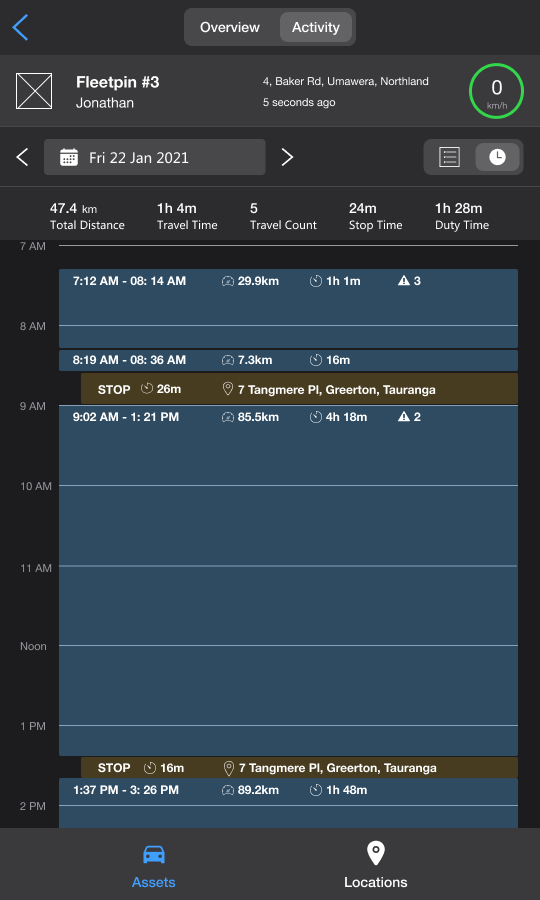
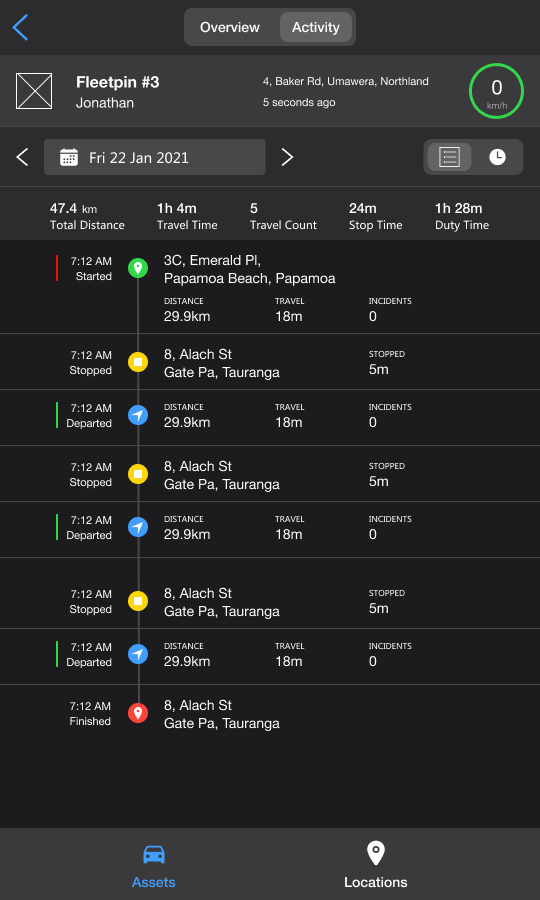
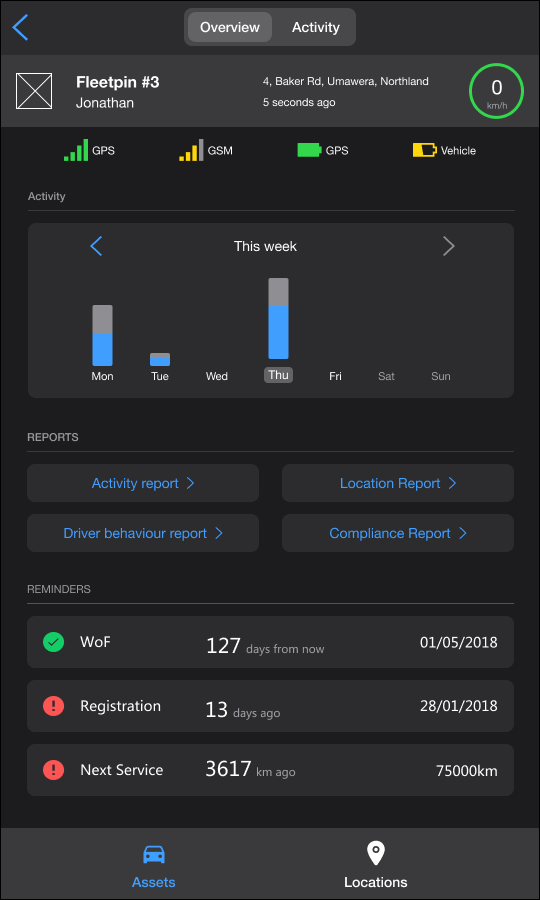
Bringing the tracking view from design concept to life was another major challenge. With so many custom elements and user interactions, each of them had to be carefully crafted to make GPS tracking a pleasant journey. The end result is a tracking experience that resembles the original version, but has been completely redesigned to make it more visual and interactive.
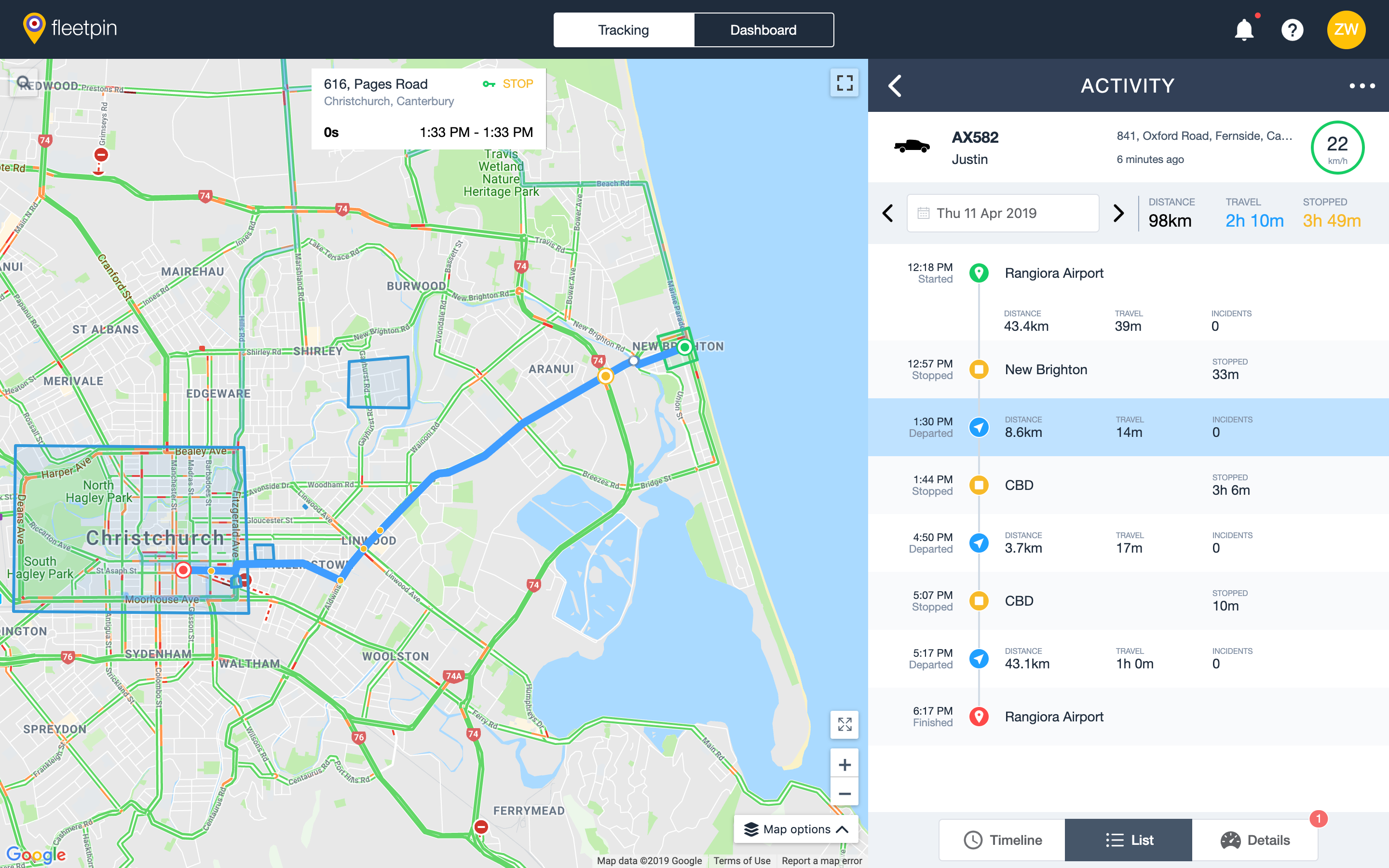
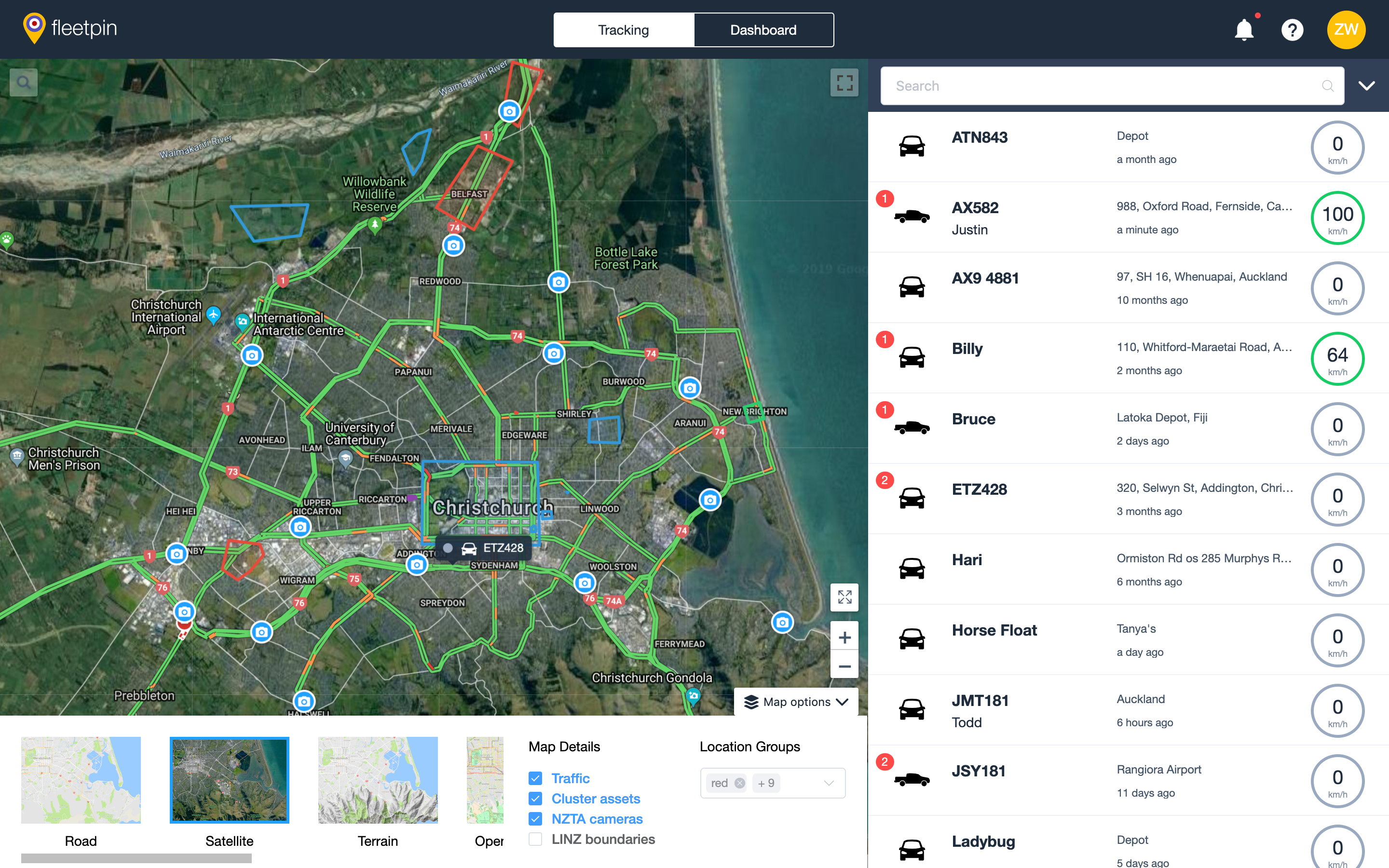
Fleetpin App V2 aims to support wider scope, from a fleet of under 10 assets, to a fleet of over 100 assets. Shifting the fleet management features to "Dashboard" greatly improves the flexibility and scalability. This is the part that is completely different from V1.
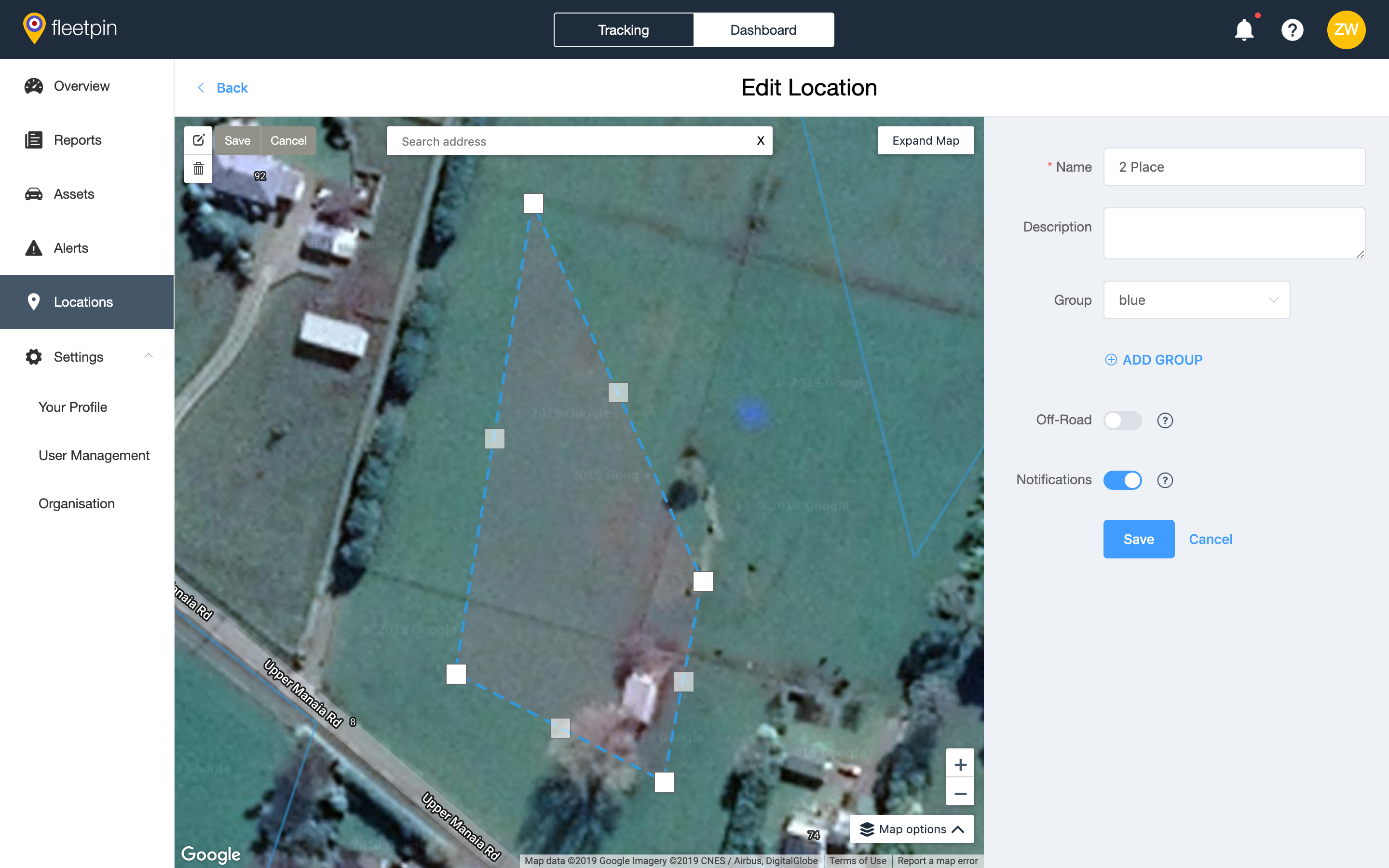
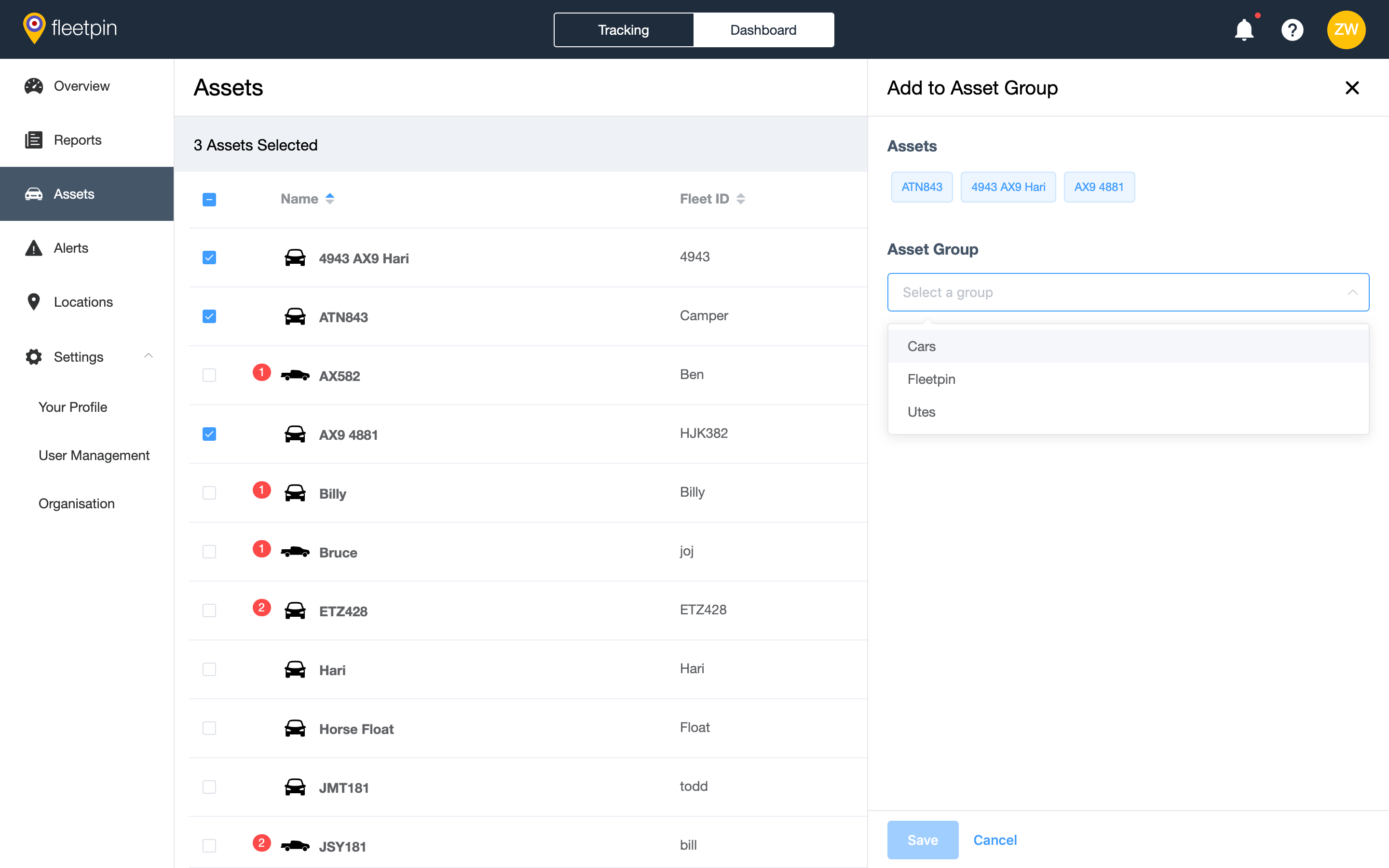
User management is another feature requested by larger customers. During the design process, we spent lots of time researching and discussing user roles and user permissions. We came out with a few models that would meet the requirement of our typical users, and decided to go for the simplest approach because of the limited development resource.
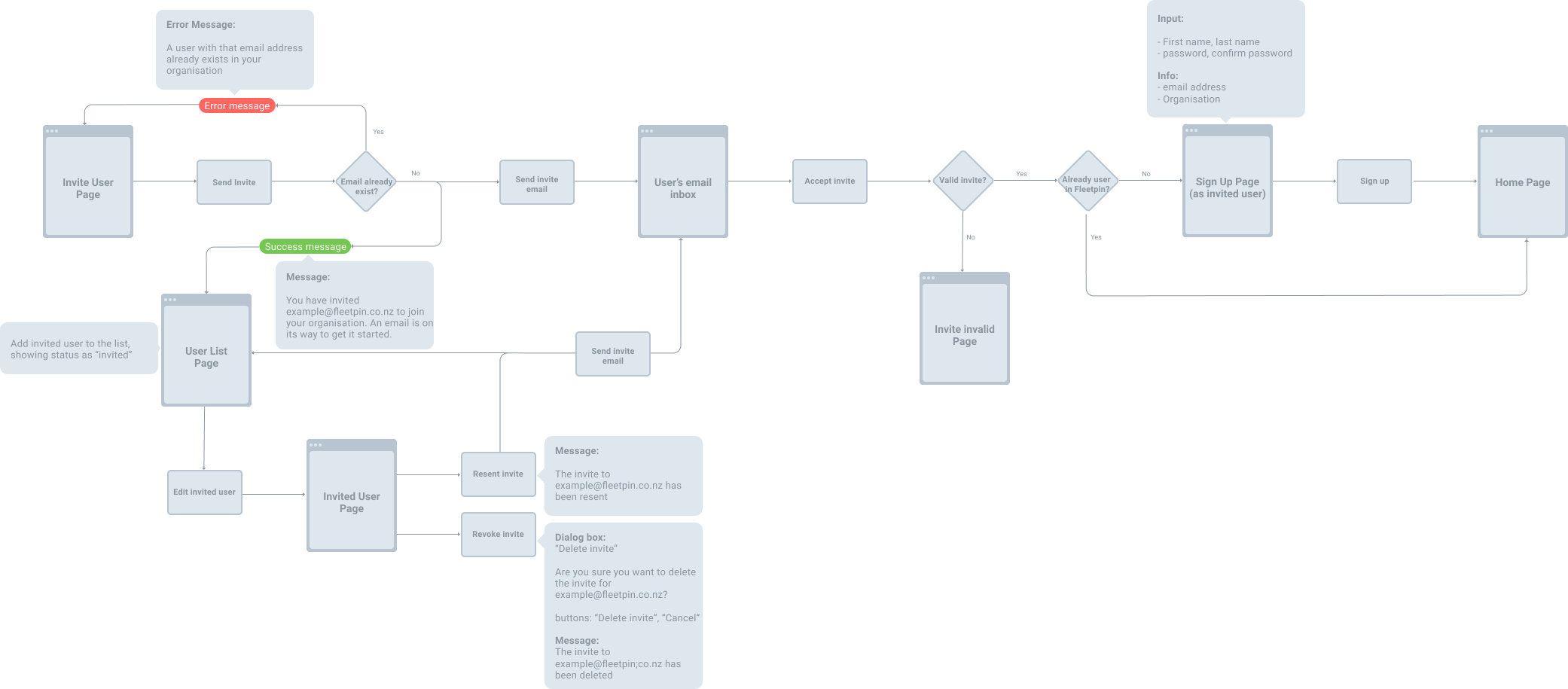
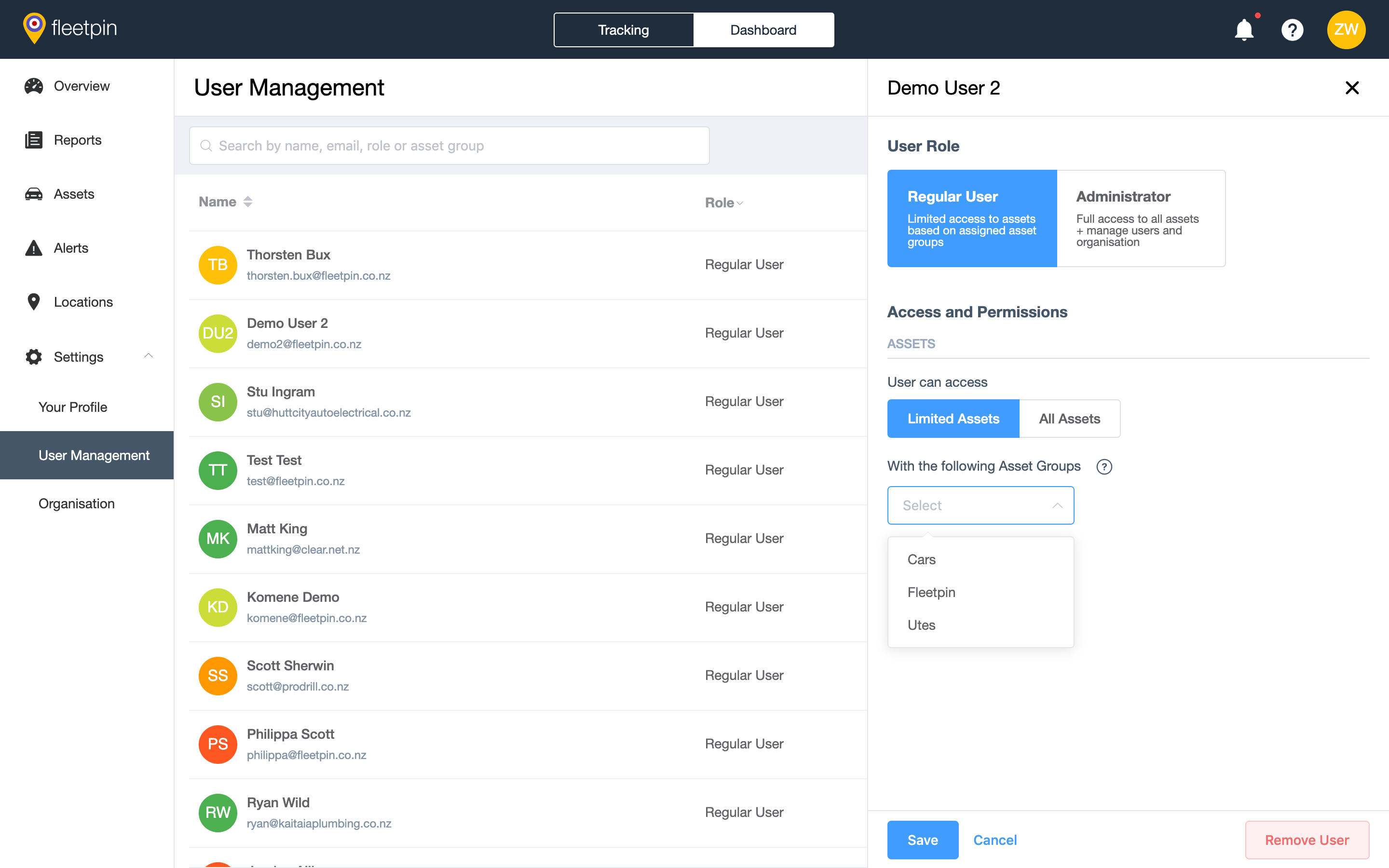
An average GPS device sends live data to Fleetpin Data Service every 20 seconds, that's over 4000 activities collected in a single day. Displaying these data properly is a challenging task in Fleetpin V1. In Fleetpin V2, we want these data to be smarter and make business sense. Not only do we want to visualise the data, but also to convey useful information for fleet managers to take immediate actions.
I was tasked with the design and development of the report features. Instead of analysing the data itself, I got started from the user's perspective and did a customer survey from different customer sectors. This approach allowed us to greatly trim down the number of reports which provide less burden for users to make choices.
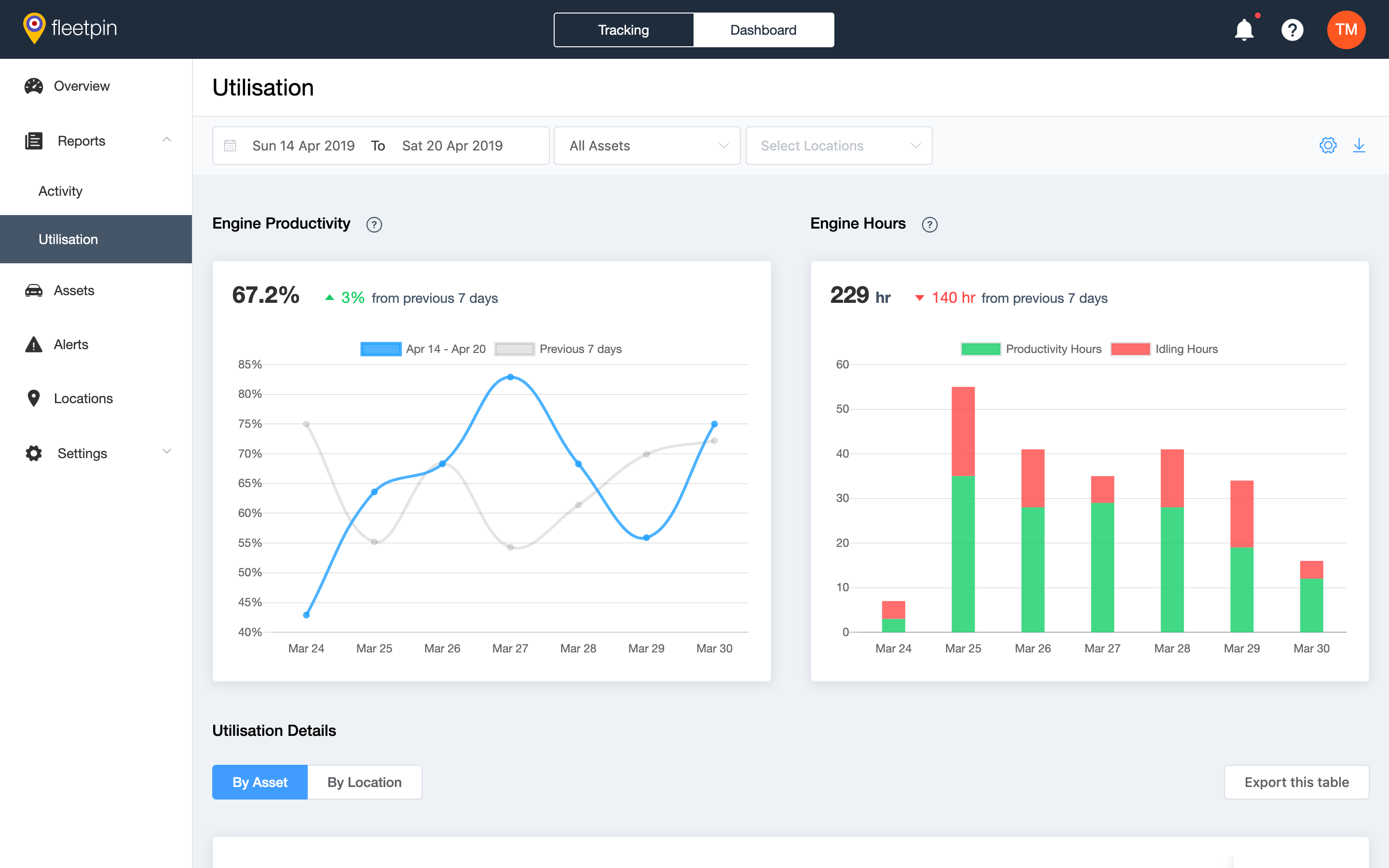
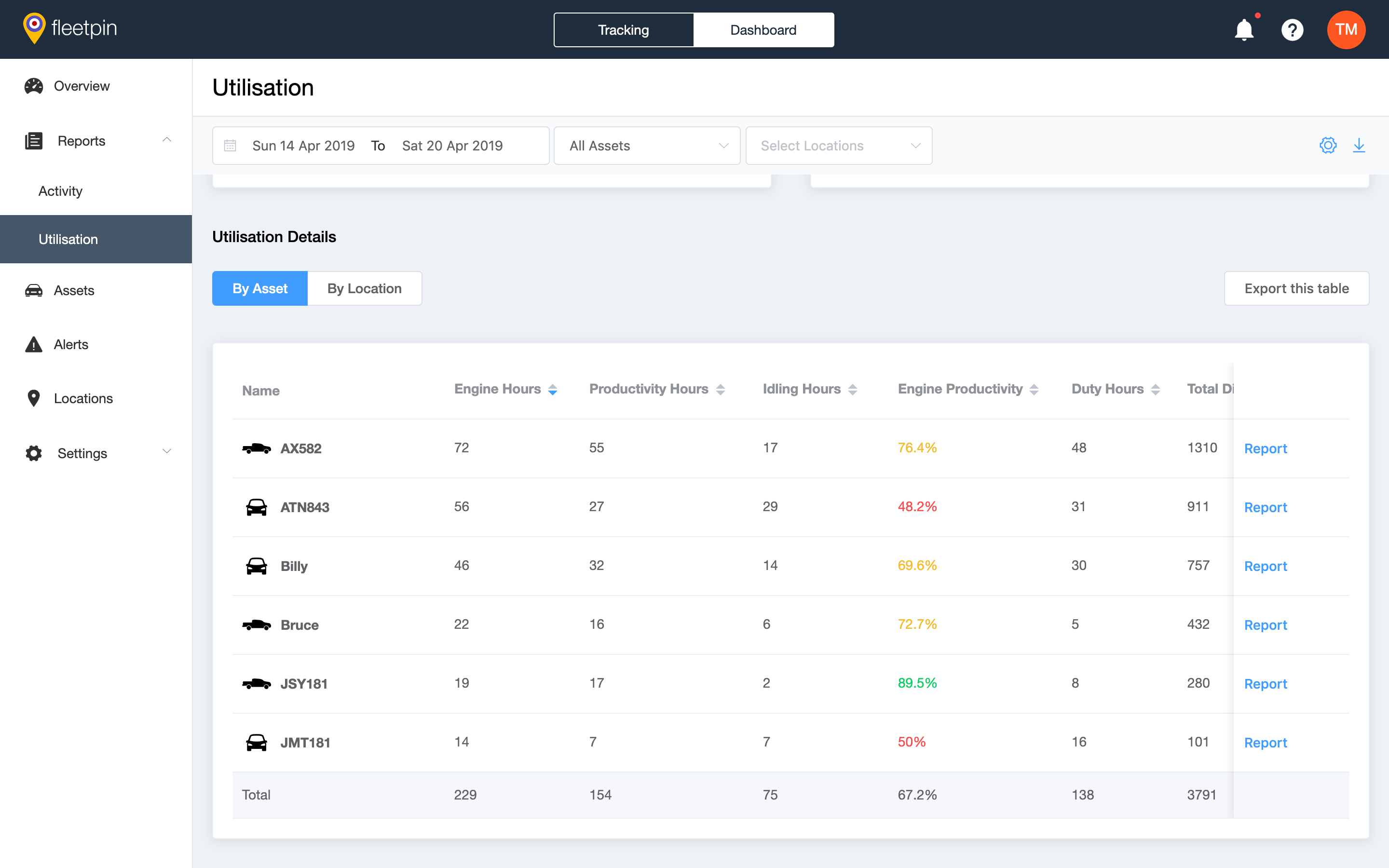
In addition, I created "Driver Behaviour" report to reflect the health and safety aspect of the fleet. I build a mathematic model that translate raw harsh driving incidents into driving score which makes it much easier for fleet managers to find the problem and take immediate actions.
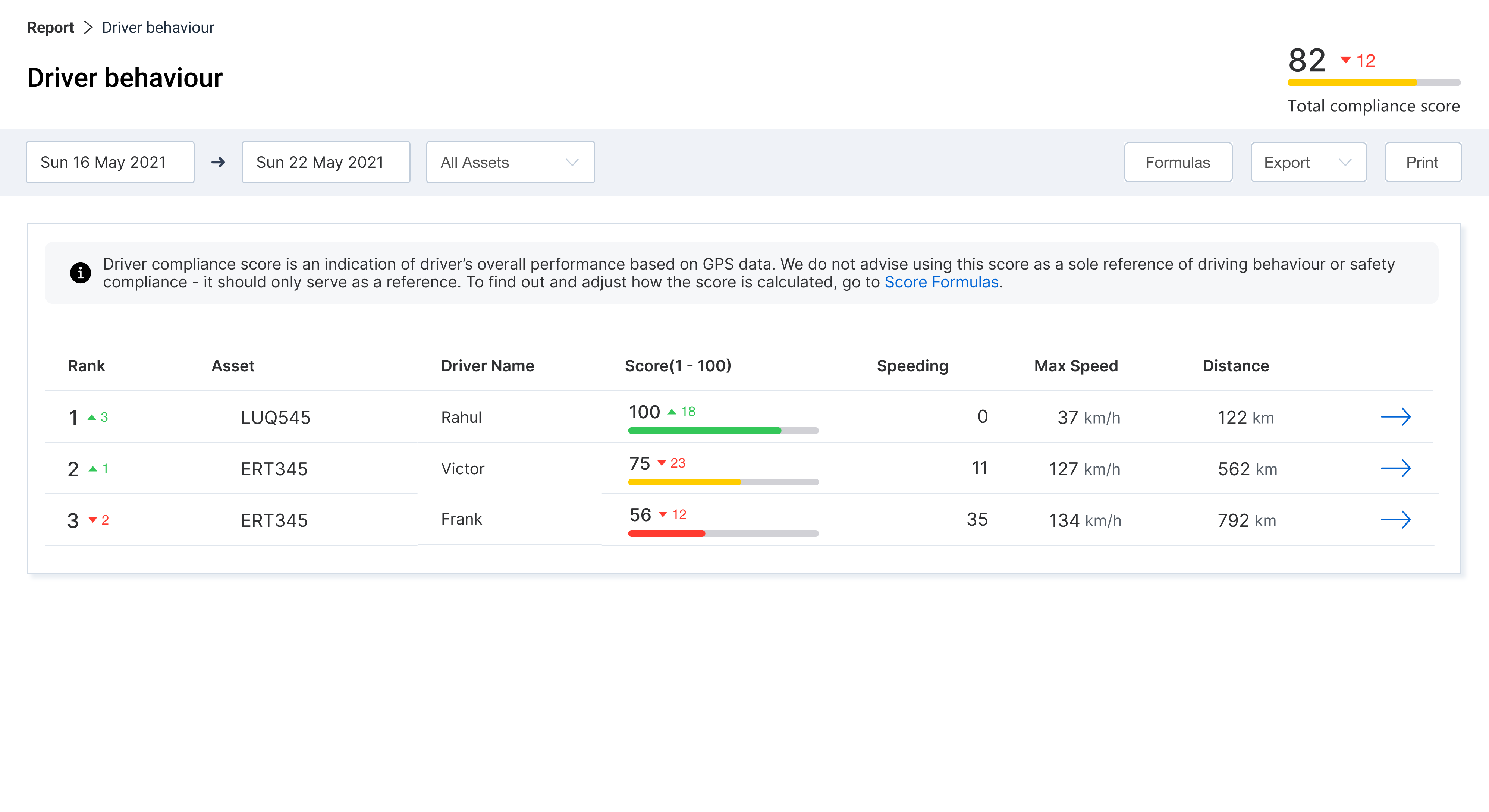
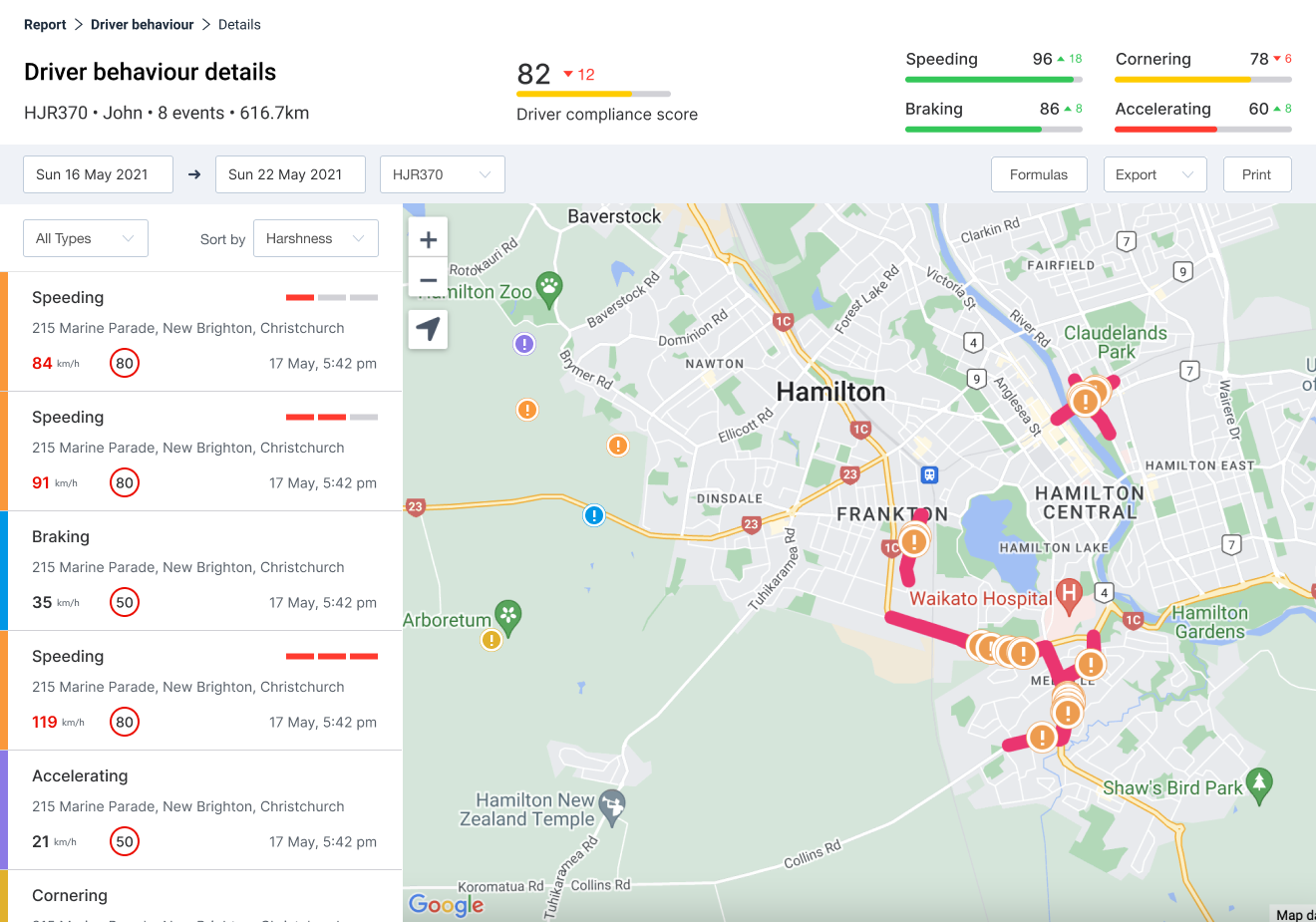
RUC off-road report was created to help driver claim refund from NZTA when driving on non-public road. I did a thorough research on NZTA regulations of how off-road RUC was collected and the specific requirements in the report. I then collaborated with sales and developers on customer expectation and technical constraints. I created several flowcharts detailing customer journey and the interaction among different parties.
When crafting the detailed design, data visualisation were achieved on both map level and trip list level. I also have to balance the need of generating a report as fast as possible and creating necessary steps as a legal responsibility. When designing the RUC license feature, I came out the card design that resembles the actual RUC ticket while highlighting the important information.
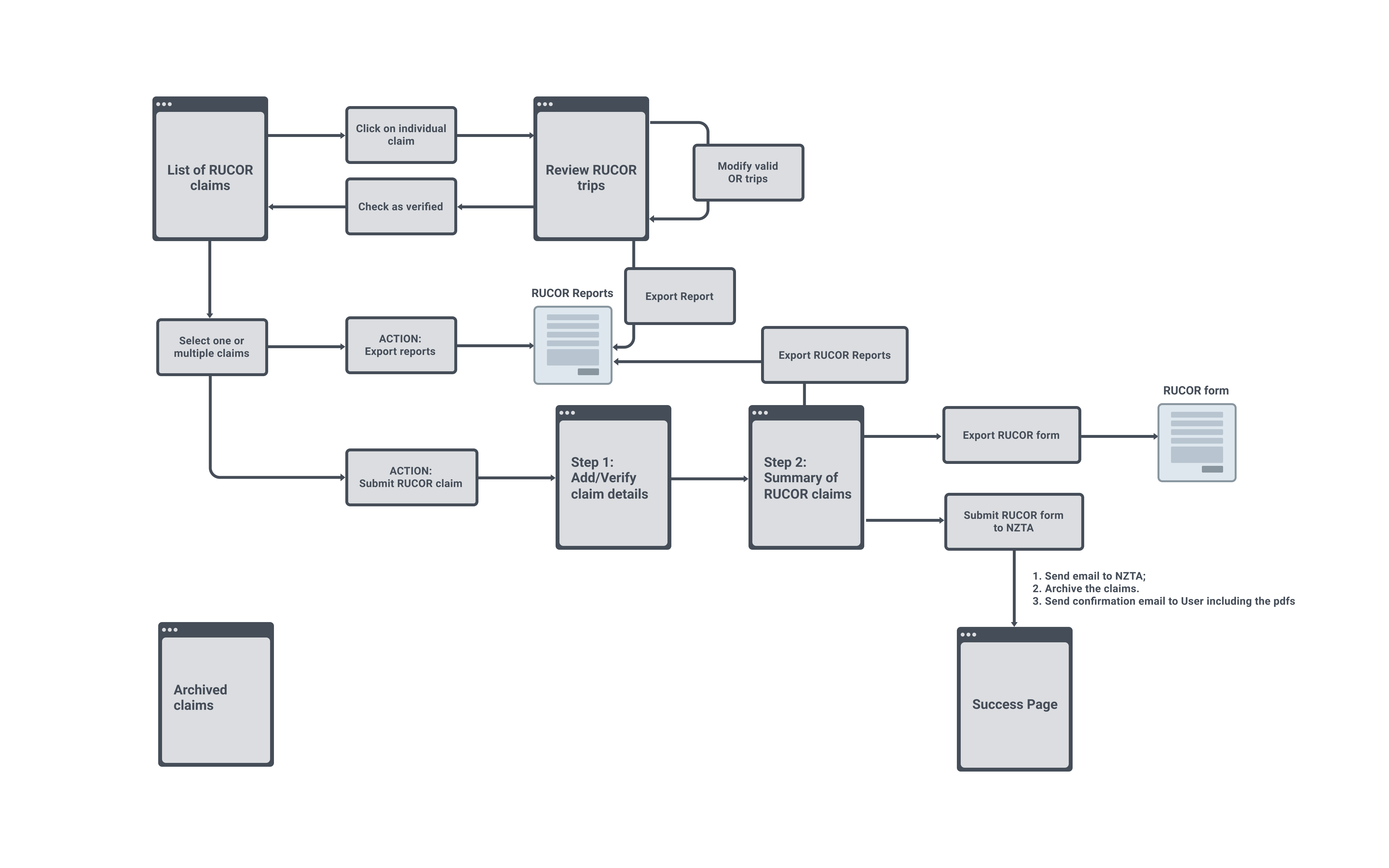
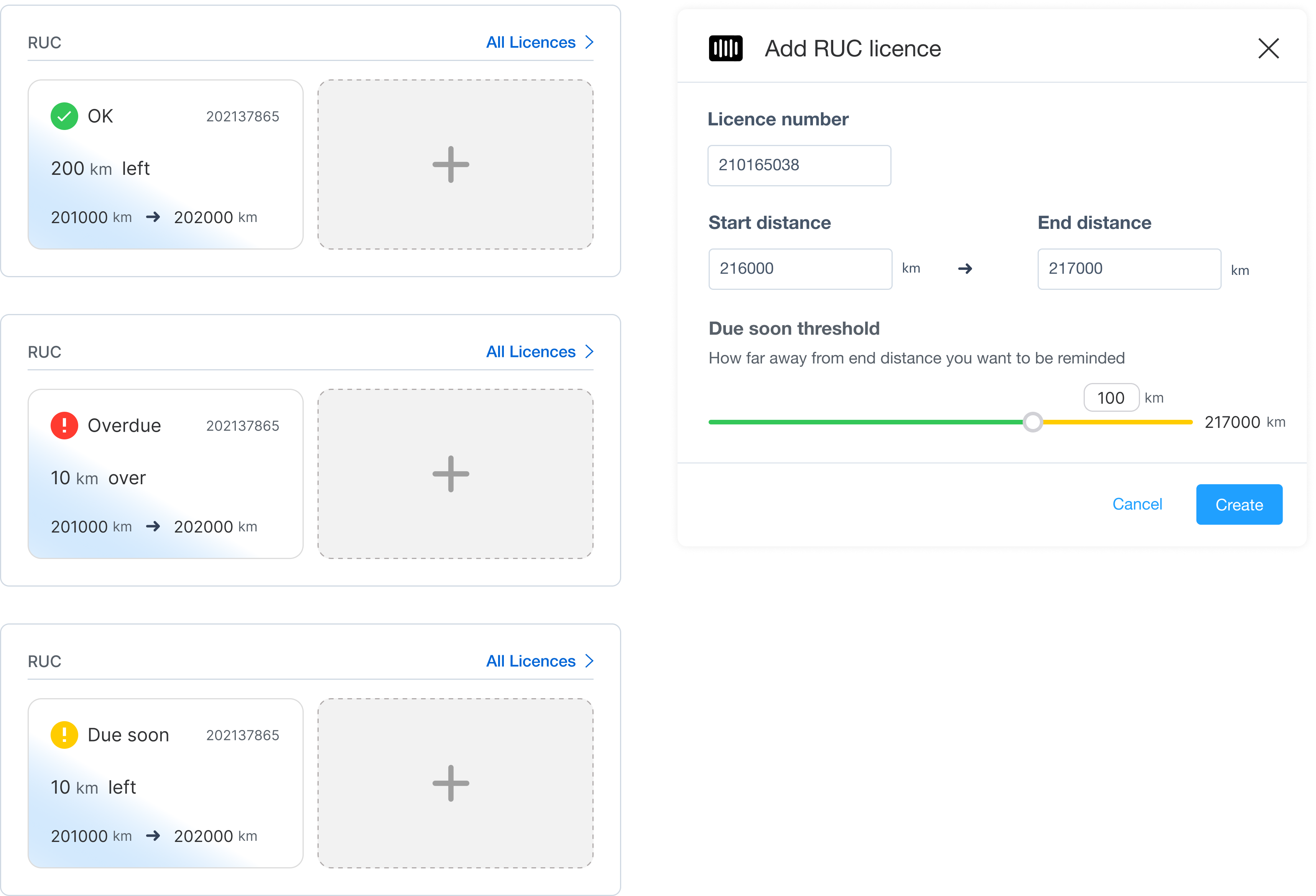
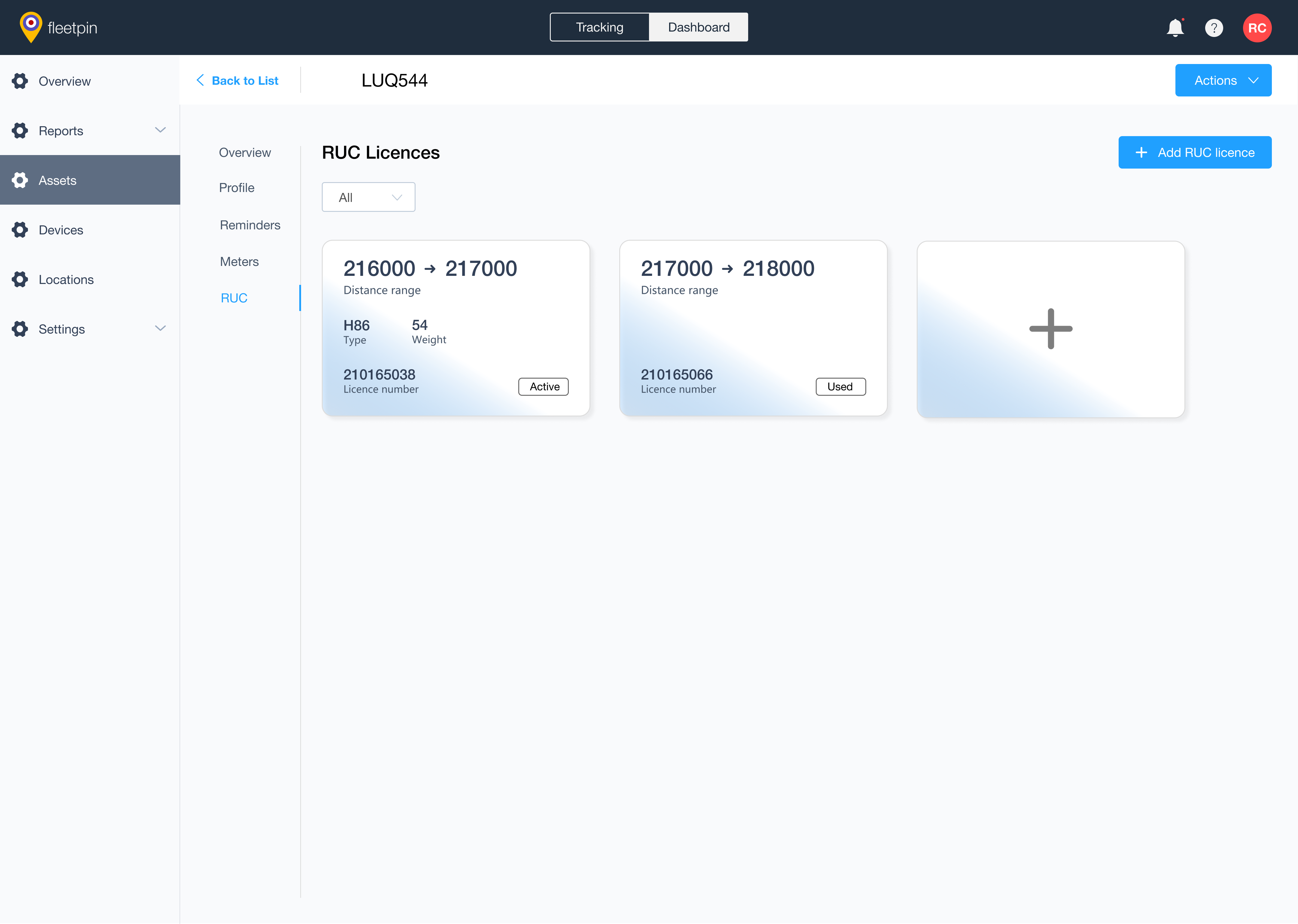

The Fleetpin V2 app took almost 2 years to design and development and reached its initial release to replace the V1 functionality. After that, the app follows a iterative release process for more reports and fleet management features to be rolled out. An UI refresh was also carried out to improve the accessibility of the application. User feedbacks through sales and customer support were quite positive. The simplicity and usability of Fleetpin V2 app became a key selling point for the company and made it stood out from other competitors.
